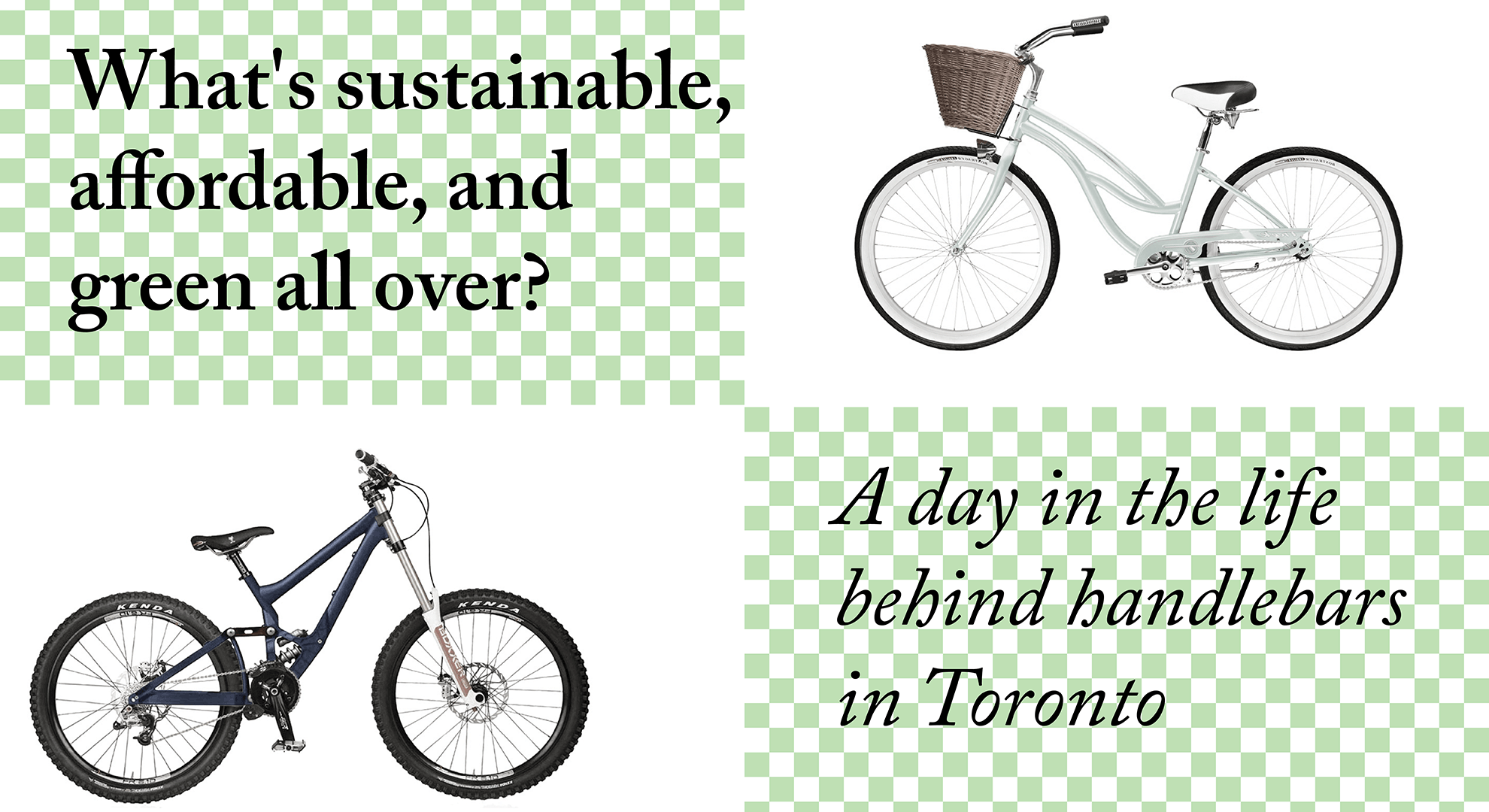Former Toronto Mayor Rob Ford once compared cycling in Toronto to swimming with sharks — “Sooner or later, you’re going to get bitten.” As a cyclist, I think he’s right. If you cycle every day in Toronto, eventually you will be cut off, harassed, or made to fear for your life in some way or another.
However, I’ll never be able to accept the conclusion Ford was implying — that roads are meant to be for cars. Right now, cycling in Toronto is dangerous, but that doesn’t mean that it has to be.
Unfortunately, while our municipal leadership has changed, the reality of our streets for cyclists has not. John Tory’s “Vision Zero” promised that pedestrian and cycling deaths would decrease through a focus on improving infrastructure and reducing speed limits. However, since his announcement, the number of cyclists who have been killed or seriously injured has actually increased.
Every morning I leave my house, bike through one of Toronto’s beautiful parks, pass the kids in my neighbourhood walking to school, and say ‘hi’ to my local crossing guards. While enjoying this idyllic part of my commute, I am bracing myself to get on Danforth Avenue. With parking on both sides, intense rush-hour traffic, and no bike lane, the adrenaline rush from this stretch of road wakes me up more than my morning coffee does.
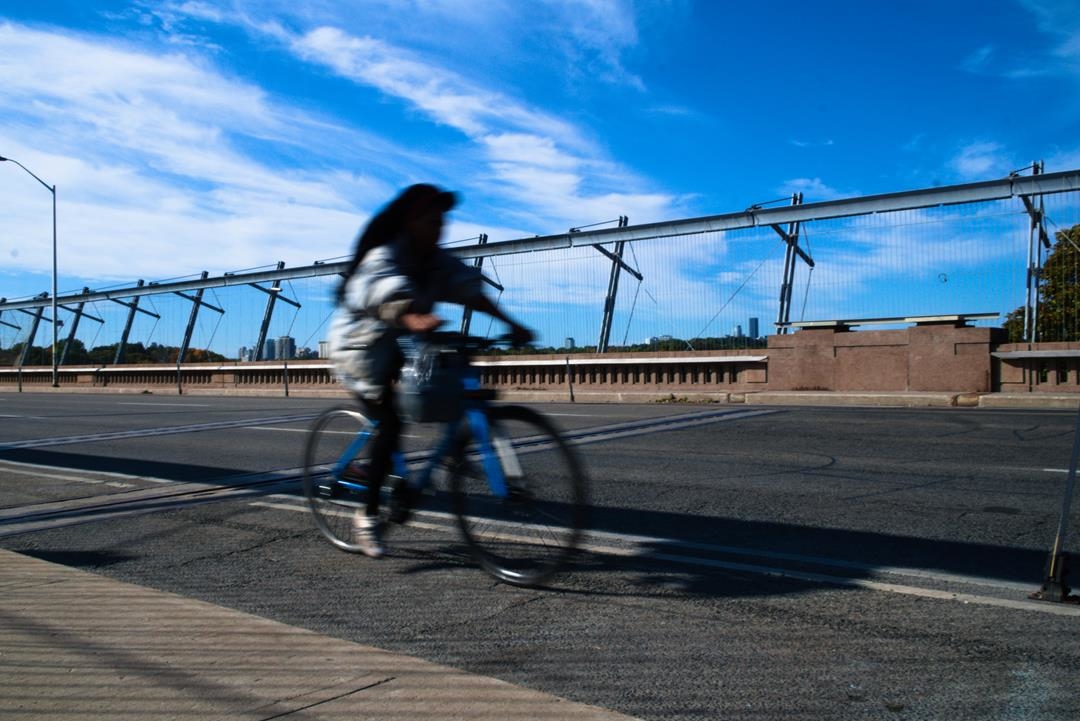
SAMANTHA YAO/THE VARSITY
Although cycling seems to have gained prominence in the past two decades, it’s actually a fixture of Toronto’s history. Today about 29 cyclists take King Street westbound into downtown from 6–6:30 am. In 1895 this number was 395. There’s no reason we couldn’t return to those numbers.
We know we need to keep fossil fuels in the ground. While much of hitting emissions targets will require innovation and creativity, one way of making our commutes release zero emissions has been in front of us all along.
On my bike, I hold my breath, ring my bell so I don’t get doored, and stay extra vigilant until I make it to the Prince Edward Viaduct — the protected bike lane of my dreams. This is a ‘super highway’ that anti-cycling pundits bemoan. While the cars idle on the bridge, the cyclists are constantly in motion. It’s the fastest part of my trip, and also the least stressful; I can just pedal and breathe deeply.
Being protected by posts every few metres, there’s no need to keep my eyes on the cars — but even then, my guard is never fully down. The barriers are more for visibility than actual protection, and I’ve seen them knocked over before — a reminder that drivers don’t always treat them as the protective barriers that they are.
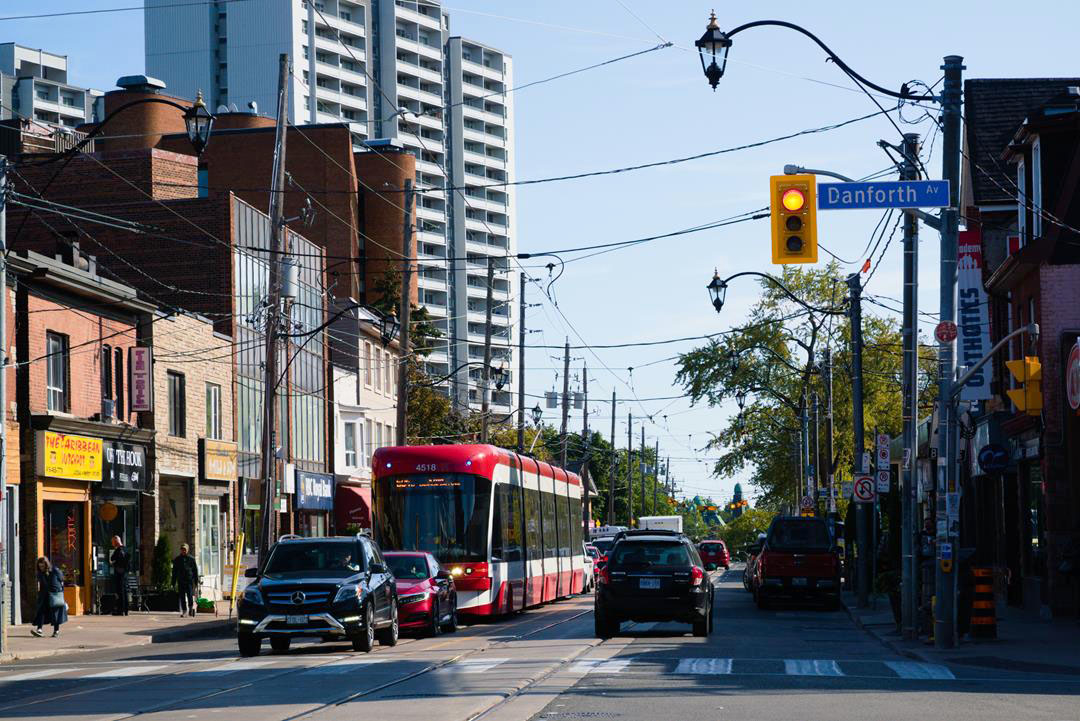
SAMANTHA YAO/THE VARSITY
Still, even with my anxiety always in the background, I wouldn’t want to get to campus any other way. I save $6.50 in subway fare, get daily exercise, and have time to think about the day ahead. When you’re cycling, you can’t tune out your commute with your phone or a book. There’s nothing to do but pedal, think, and literally try not to die.
One day when I got to the viaduct, it was completely filled with climate activists. They cheered on the cyclists as we rode past.
The scene reminded me of a photo I saw of a New York City street that was empty of cars during an event. Someone had commented on how calm this photo looked, that perhaps New York — and therefore, maybe Toronto — isn’t ‘full’ so much as it is full of cars.
That day, as I looked out across the bridge and saw people talking, singing, and walking, it was easy to imagine that once, roads were meant to be like this: for the people.
Suddenly, the protected bike lane spits me out near Castle Frank, with only a solid white line painted on the road to keep motorists and cyclists apart. Worse still, the downtown stretch of my route has only a picture of a bicycle to mark the bike lane. Unsurprisingly, cars and delivery vans treat it as a drop-off point or parking spot, which means that cyclists have to regularly swerve into traffic to avoid colliding with stopped cars.
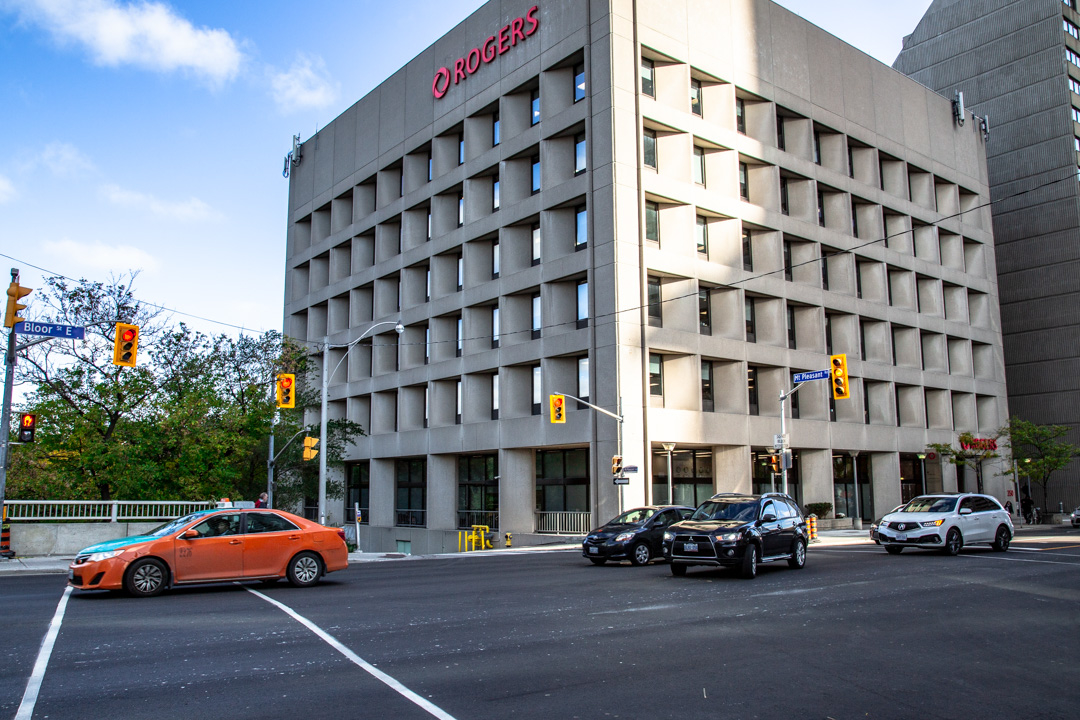
DINA DONG/THE VARSITY
It’s hard to imagine who benefits from all the chaos on the roads in downtown Toronto. If the constant cacophony of blaring horns and screeching brakes doesn’t make for a good driving experience, then it certainly doesn’t make for a good cycling one.
Pulled up to the red light at Bay Street, a cyclist in front of me once remarked that rush hour impatience was back with a vengeance. Then, with a shrug, she said, “but I love cycling,” and pedaled off when the light turned green.
She was right. After so many days, you become acclimated to the chaos. Unless you get lucky, or live very close to where you work, you’ll probably have to go through a high stress traffic zone if you choose to cycle, which scares a lot of potential cyclists away.
This chaos and risk intimidated me too at first — every close call brought me closer to quitting and getting back on the TTC. Then, at some point this year, cycling became a part of my identity. People don’t say, “I’m a driver” or “I’m a subway rider” with the same spirit that people say, “I’m a cyclist.”
There’s a large and growing accessibility disparity between cyclists, though. From helmets to reflective vests, the market for protective cycling gear is booming. However, to me, cycling should be safe for everyone, not just those who can shell out for the brightest lights or the best windbreakers.
More affluent cyclists, to an extent, have the ability to buy out of some of the dangers that cyclists face. However, the onus should not be on the cyclist to spend extra money to protect themselves.
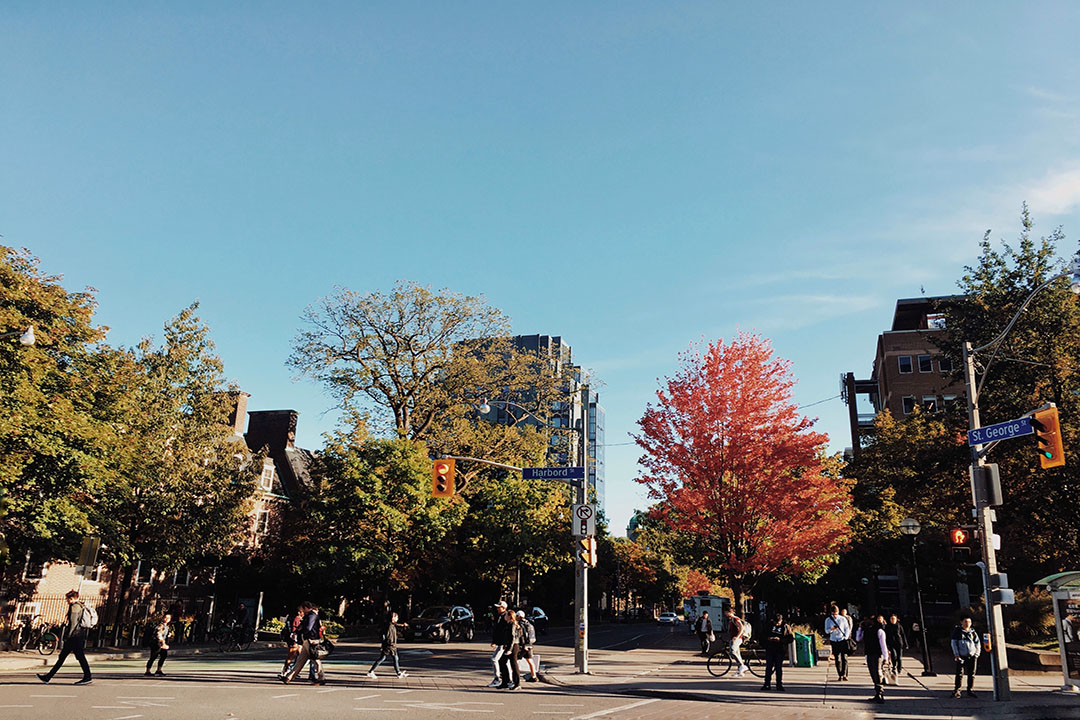
JOSHUA CHUA/THE VARSITY
We all have the right to get around the city, and, until transit becomes free, cycling remains the most cost-effective option.
While a lack of infrastructure is definitely to blame, with inadequate bike lanes and protective measures, there is also a toxic culture surrounding cycling, as motorists use cars to intimidate and harass cyclists. Getting past the stoplight at Yonge and Bloor, my handlebar tapped a driver’s side mirror. While it wasn’t damaged, the driver cut me off in the middle of the intersection and yelled at me to pull over. When I did, he and his passenger berated me for ‘hitting’ his car.
There’s no real choice in a position like this but to meekly apologize and pedal on, even if you feel like you’ve done nothing wrong. The sheer weight and size difference between our vehicles and his overreaction made me scared.
And yet, there’s a unique camaraderie between cyclists born out of all of this anxiety. Once when I signalled to turn right off of Danforth Avenue before stopping at a red light, I checked behind me to see if any cars were turning. Another cyclist told me, “Don’t worry, I’ve got your back.”
For every nasty interaction and every potential collision, I’ve also felt a strong sense of community on my daily commute. I hope that as better policy, infrastructure, and traffic law enforcement come to fruition, this community will get bigger. After all, cycling as a group — albeit a group of strangers — feels a lot safer than travelling alone.
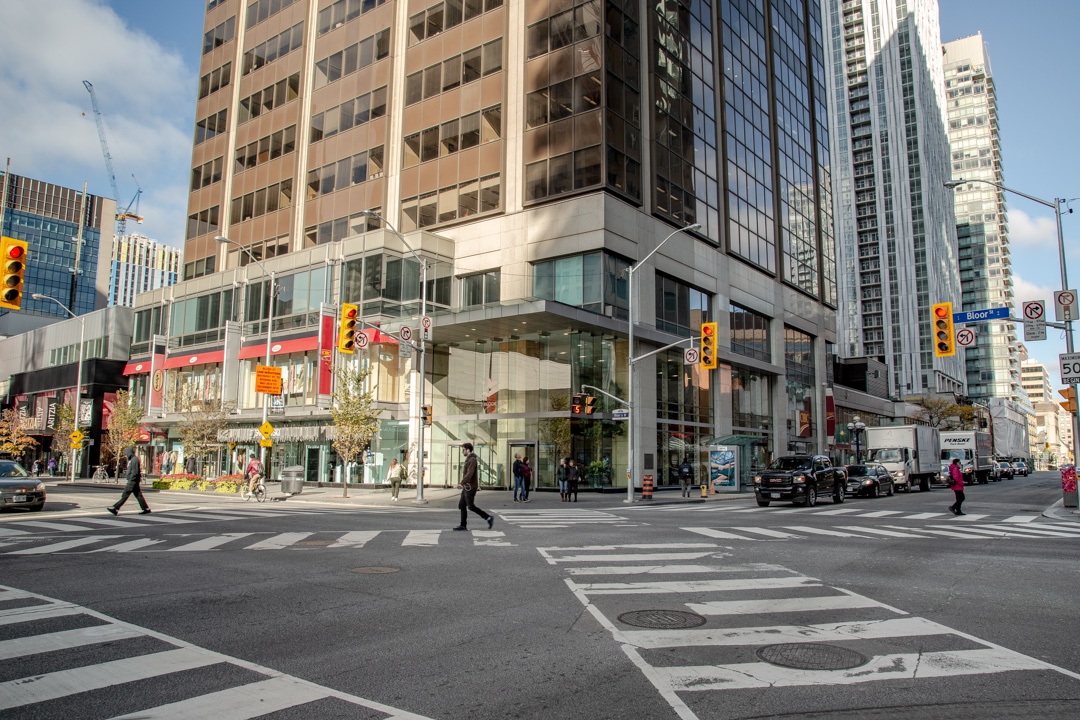
DINA DONG/THE VARSITY

